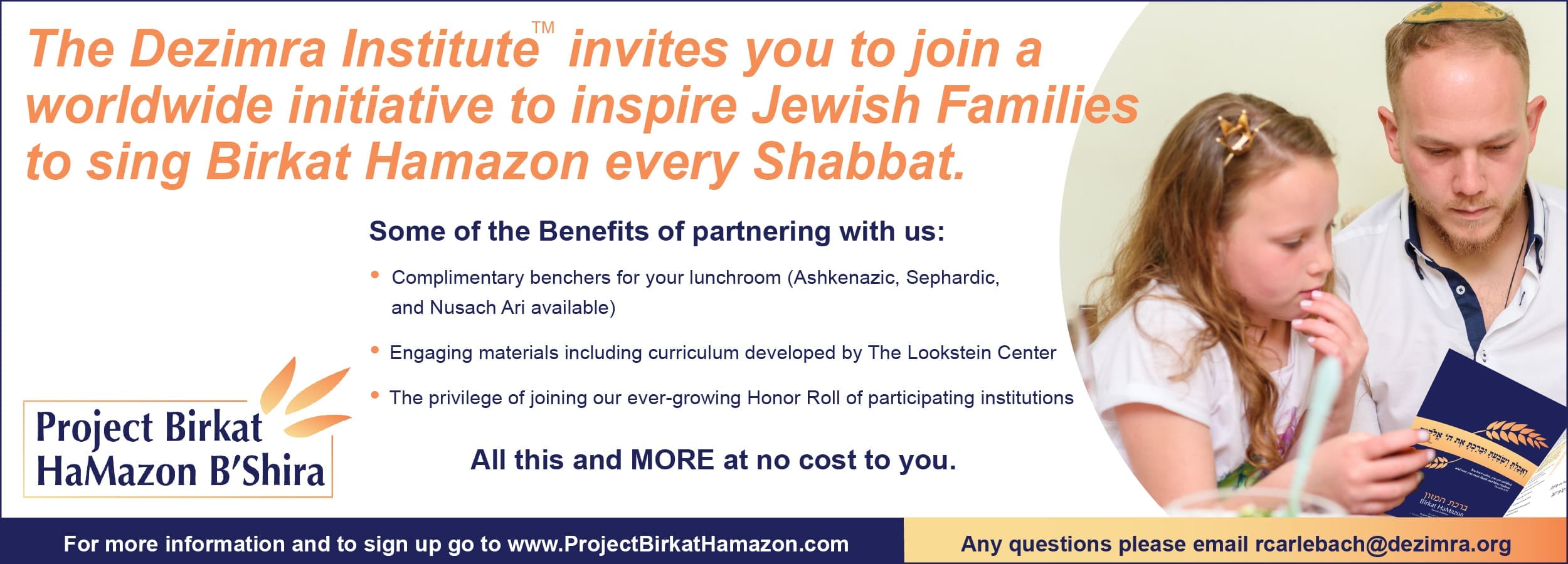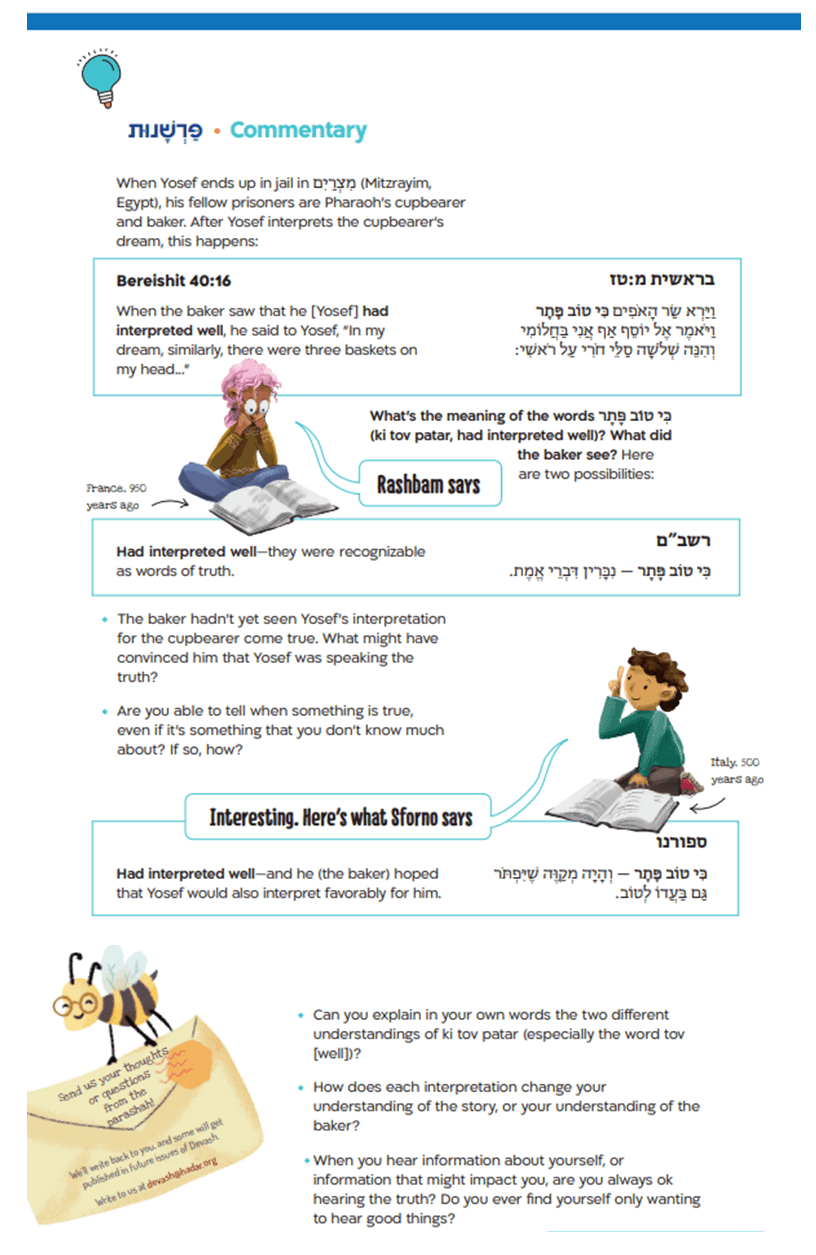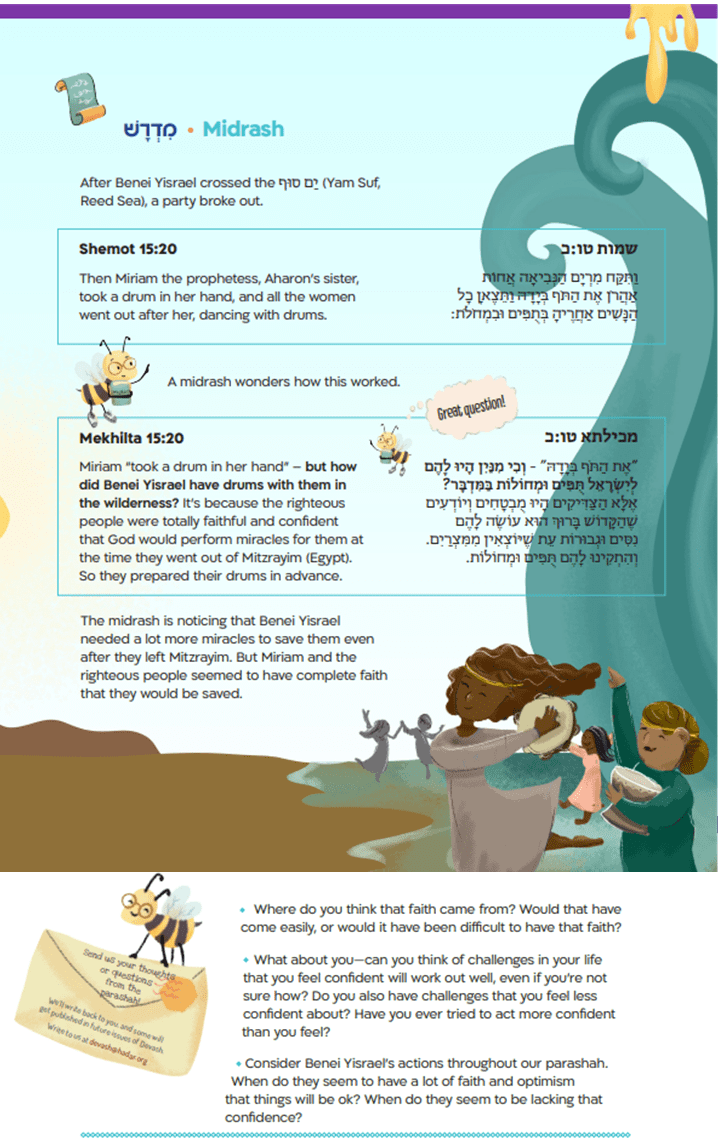A Sweet Parashah Magazine
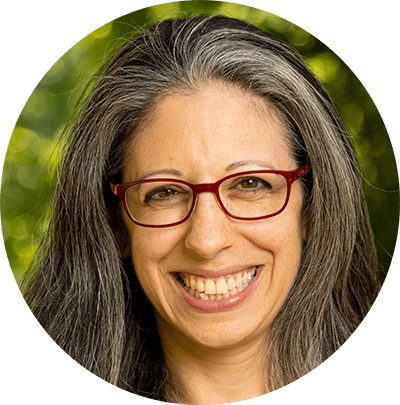
Mara Braunfeld is Hadar’s Senior Director of Children and Families. She holds a BA from Brandeis University and an MA in Jewish Education from the Rhea Hirsch School of Hebrew Union College-Jewish Institute of Religion. She has previously served in educational leadership roles in synagogues and community centers.
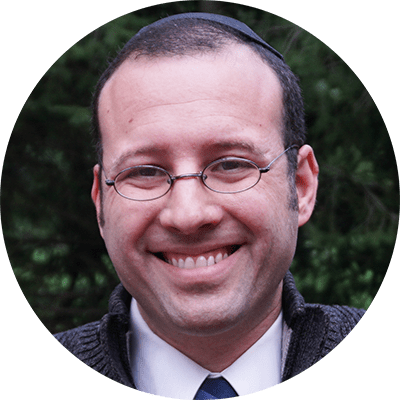


Effy Unterman is the Senior Director of Content at Hadar. Rabbi Unterman studied at Yeshiva University for his BA in Philosophy, his Masters in Jewish Education, and his rabbinical ordination from the Rabbi Isaac Elchanan Theological Seminary. He received a Wexner Fellowship and Davidson Scholarship.
Parashat hashavuah holds a central place in the Jewish educational landscape. It uniquely spans denominational divides, keeping the rhythm of Torah study calendrically embedded in the lives of the entire Jewish community. Of all Torah topics, it seems to be parashat hashavua that defines our communal common ground. And it does so with a depth that allows us all to find insights that are meaningful and inspiring, no matter our age or background. It is a gateway to exploring and uplifting our core values, discovering the roots of our beliefs and practices, and becoming active players in the ongoing project of the Jewish people and our interpretive tradition.
While there is a vast and diverse world of excellent parashah books, newsletters, emails, and websites, we noticed that many of the parents and teachers in our orbit were looking for something else.
That’s why Hadar created Devash, a 12-page weekly parashah magazine for children and adults. So far, it’s been available in print and online, and we are encouraged by the response from its users in day schools, synagogues, after-school programs, and individual homes.
Our Educational Philosophy
Our commitment to providing deeply substantive Torah as well as multiple entry points into learning is a significant force driving both the content and presentation in Devash.
This is particularly apparent in the illustrations, which are thoughtfully designed to interact with the content and bring it to life while providing fun, expressive, and welcoming points of engagement for many children. We also use our illustrations as tools of inclusion, deliberately representing girls and women in active roles as well as holding books and immersed in the study of Torah, and consciously normalizing people of color, different abilities, and diverse body types. The result is that all children—especially kids who are not boys or not white—can see themselves in the stories and teachings of the Torah.
We also strive to ensure that every Jewish child, regardless of background or skill level, can feel comfortable learning, which is why we include an intentionally diverse array of educational experiences. All texts are translated into an accessible English, and key Hebrew phrases are presented in Hebrew accompanied by both transliteration and translation. This way, the magazine is pedagogically Hebrew- and text-forward, but not as a barrier to entry—decoding and language skills are not required. And while the magazine is designed to generate meaningful learning for anyone from age seven and up, we have found that even pre-school students have benefitted from engaging with the vibrant illustrations. Further, we found that there is no substantive difference between those with a background of Jewish education and those without when it comes to finding the learning productively challenging and meaningful.
Another key element of our philosophy is the value placed on differences of opinion and variety of interpretations that comprise our rich tradition of Torah exegesis. Learning, in part, is rooted in one’s ability to consider and appreciate new or multiple perspectives. To promote that value, we elevate differences of opinion in interpreting the Torah, often sharing more than one view on a subject. We also try to avoid overly editorializing, designing open-ended questions to encourage robust discussions in schools or at home, and also to cultivate a sense of inquisitiveness, inviting thinking critically and engaging substantively with commentators, with the Talmud, and directly with the Torah itself.
You can see these guiding principles throughout the pages of Devash in its many different sections. These include:
Parshanut
This section celebrates a multiplicity of perspectives, encouraging critical thinking and deep listening. In Parshanut, you’ll find divergent opinions from classical commentators—perhaps pairing a familiar Rashi with a lesser-known Rashbam or statement from the Talmud, for example. Instead of asking readers to evaluate which interpretation they like most, we ask readers to consider how each one has value in its own right by looking for evidence for each and by considering how each presents an independently thought-provoking lens through which to understand the words of the Torah.
One-Minute Debate
The debate is a light-hearted activity that provides an easy and fun entry point for compelling discussions about the parashah for even the youngest readers. Like Parshanut, this section reinforces the notion that both sides of a question might make sense on some level. We’ve heard countless stories of family Shabbat dinner table debates and classroom discussions that went far beyond one minute! And the points of the debate are often sneakily substantial; they’re usually a rephrasing of long-standing debates about the parashah.
Midrash
Each issue highlights a midrash—in its original form and in translation—in order to properly appreciate midrash as a genre of Torah study in its own right, emphasizing that midrash is a brilliant layer of interpretation worthy of exploration parallel to the Torah text. This enables the users to appreciate the midrash and what it is trying to accomplish. This section asks readers to consider what difficulties in the pesukim a midrash might make us aware of, and the guiding questions help encourage readers to take the midrash’s perspective seriously as a way to better understand the Torah and our own spiritual and moral lives.
Scavenger Hunt
The scavenger hunt is not designed to test prior knowledge or reinforce that one should already have learned the answers, but to encourage the learner to question (something Devash does on almost every page), and to challenge the student to open the Torah and find answers there. The scavenger hunt questions cover every aliyah as well as the haftarah, and the objective is for children (and, we have found, many adults) to actually open a Humash, become more familiar with it, and experience the joy of discovering new things there. This is an incredible way to stay engaged during the Torah reading for folks whose minds wander!
Rega Shel Ivrit
We believe that the parashah is as relevant today as ever. To this end, this section demonstrates how Hebrew words from the parashah become part of modern Hebrew—another way it centers the importance of Hebrew language in a presentation that removes barriers and invites learning on all levels.
Beyond the Parashah—Educational Takeaways
Creating Devash has been an incredible adventure so far, and we’ve learned a tremendous amount from the experience. Some of the most salient takeaways have broad implications for Jewish education far beyond what we anticipated when we launched a weekly parashah magazine.
Raising the bar is worth the risk
Knowing that our audience includes children and families spanning a diverse range of educational backgrounds and skill levels, we constantly grapple with whether our high-substance, text-oriented approach would hinder the level of accessibility we want. What we have found—anecdotally and through professional surveys and focus groups—is that there is very little to worry about.
A focus group study from May 2022 showed us that the adjectives people most commonly use when describing Devash include: accessible, serious, useful, engaging, different, thoughtful, and exciting. On the surface, some of these would appear to be mutually exclusive. To us, this demonstrates that approaching learning with a mindset of “and” rather than “either/or” can lead to surprising results. Statistically, people across the board have found the content to be productively challenging, meaning they feel pushed to work hard, but not to the point of feeling overwhelmed.
On almost every level, people have expressed appreciation for being trusted to learn new things like midrash texts rather than summaries, or complicated subjects like korbanot (sacrifices) and nega’im (wounds that lead to purity or impurity), or quirky and unusual topics like cantillation notes.
One middle school student from California wrote to us to say that she and her family learned from the magazine about a new Jewish practice. They decided to try it out as an experiment. She said, “At first we found it weird, but now it is part of our routine and we love it.” She went on to tell us that this inspired her to continue learning about and trying new traditions.
Appreciating children as learners in their own right has revealed to us that they can enjoy very similar kinds of learning experiences to those that adults do. Instead of treating children as adults-in-training, we have decided to trust that they are capable of sophisticated thinking, pushing beyond their perceived limits, and even taking initiative to study the parashah at a high level independently when provided with the right tools.
A parent from Washington DC recently shared with us the following story:
My fifth grader absolutely loves Devash. He reads the whole thing every Friday night and then includes tidbits from it to share with us when we discuss the parashah! In addition, he is preparing a devar Torah for school and he was worried we wouldn’t receive that Devash with enough time to use it to help him. Lo and behold it arrived today and he is thrilled!
Parashah study can bridge the gap between the home and educational environments
With the right tools, we have seen that Torah learning can spill over from the school or synagogue to the home. By empowering parents and children with just a small measure of thoughtful scaffolding, accessible translations, and critical questions, Torah learning is no longer sequestered into one educational domain or another but can become an experience more integrated into the real lives of students—and more enriching and meaningful as a result.
This blurring of lines has shown us another remarkable corollary—the typical “adults teach and children learn” model can be reversed. It turns out that kids can feel empowered to take ownership of teaching and transmitting content, and adults can feel equally empowered to cede control, become more curious, and form mutual learning partnerships with their kids.
Questions are key
Equipping people with good questions seems more powerful than telling them what to think. Encouragement to ask the right questions can unlock texts and allow exploration. People are smart, and they can usually take it very far with that key alone. Questions stimulate people to notice details, to be more curious, and to approach texts with wonder instead of with fear. We also invite multiple perspectives and possibilities, leading to richer conversation and complexity in learning.
Devarim Rabbah 7:3 states that the Torah is compared to devash, honey. There is truly nothing sweeter than tapping into the weekly rhythm of Torah study that spans the Jewish world and making it accessible to be tasted by every Jewish child.



Mara Braunfeld is Hadar’s Senior Director of Children and Families. She holds a BA from Brandeis University and an MA in Jewish Education from the Rhea Hirsch School of Hebrew Union College-Jewish Institute of Religion. She has previously served in educational leadership roles in synagogues and community centers.



Effy Unterman is the Senior Director of Content at Hadar. Rabbi Unterman studied at Yeshiva University for his BA in Philosophy, his Masters in Jewish Education, and his rabbinical ordination from the Rabbi Isaac Elchanan Theological Seminary. He received a Wexner Fellowship and Davidson Scholarship.
Reach 10,000 Jewish educational professionals. Advertise in the upcoming issue of Jewish Educational Leadership.


